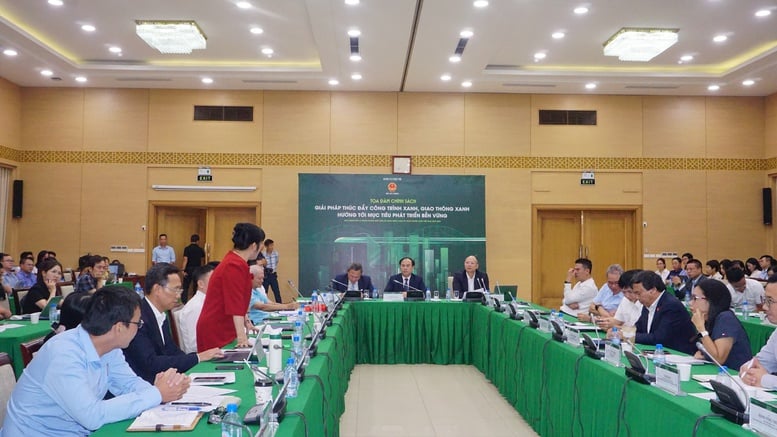
Seminar "Solutions to promote green buildings and green transportation towards sustainable development goals"
Loan support
Representative of Hanoi Department of Construction, Mr. Nguyen Tuyen, Head of Transport Management Department informed: Hanoi has promoted the development of public passenger transport through bus subsidy policy and prioritized the development of electric buses. At the same time, encouraged taxi companies to switch to using clean fuel. Up to now, electric taxis and buses in the capital have accounted for more than 40% of the total number of taxis and buses.
However, freight transport and personal vehicles still account for a large proportion, while the City's goal by 2050 is for 100% of transport vehicles to use electricity or clean energy.
To implement this, the Hanoi Department of Construction has advised the City People's Committee to issue a policy to support green transformation transport businesses by increasing the loan support level from 50% to 70% for green transformation projects.
By the end of the third quarter of 2025, the whole country will have over 600 green buildings, with a total construction floor area of nearly 17 million square meters.
The country has 183,240 electric cars and 974 electric buses in circulation. The two leading localities are Hanoi with 38,445 electric cars and 317 electric buses and Ho Chi Minh City with 38,444 electric cars and 507 electric buses. Other localities such as Da Nang , Hai Phong, Thanh Hoa, Khanh Hoa... recorded a strong increase.
In Ho Chi Minh City, a representative of the Ho Chi Minh City Department of Construction said that the city currently has about 627 electric buses, accounting for 26.3% of the total number of buses in the area.
Recently, Ho Chi Minh City has bid for bus services, prioritizing businesses using electric vehicles, with the goal that by 2030, 100% of buses will switch to electric vehicles.
In addition, Ho Chi Minh City is implementing a project to develop clean fuel vehicles for all types of vehicles such as two-wheelers, taxis, and commercial vehicles. Currently, the city has more than 21,000 electric taxis, accounting for about 68% of the total number of taxis, and over 14,000 electric motorbikes.
Despite the encouraging results, Ho Chi Minh City also expressed concerns that the rapid increase in green vehicles will make developing a charging station system a big challenge.
The Department is currently advising the City People's Committee to issue preferential policies on loans and interest rates to support transport businesses and charging station infrastructure investors, contributing to promoting a comprehensive green transformation process in urban transport.
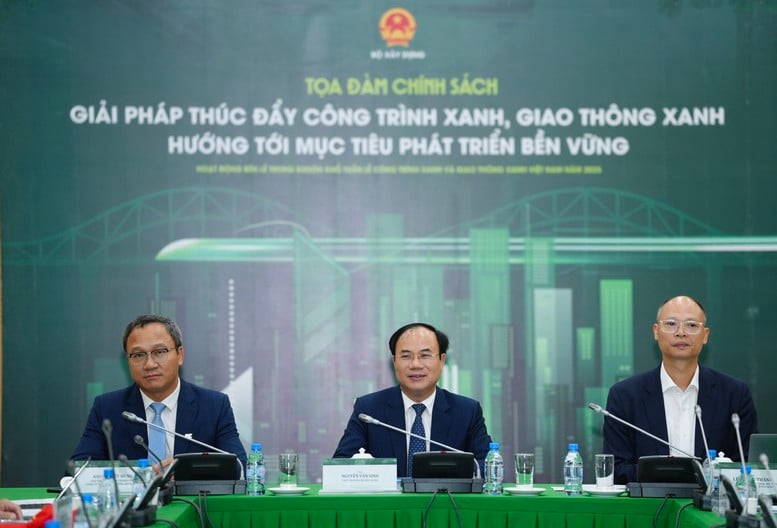
Deputy Minister of Construction Nguyen Van Sinh (sitting in the middle) chaired the discussion.
Domestic green fuel and charging stations across the city
As one of the pioneering enterprises using green fuel in aviation transport, Mr. Nguyen Duc Thinh, Deputy General Director of Vietjet Aviation Joint Stock Company, said that the use of sustainable aviation fuel (SAF) is bringing about clear efficiency in reducing greenhouse gas emissions and promoting sustainable development. Vietjet is currently one of the first airlines in Vietnam to use SAF.
Recently, Vietjet has implemented many solutions to reduce emissions throughout its entire operation chain, from selecting technology, fuel-efficient engines to optimizing operations and flight routes. The airline also applies measures to reduce the empty weight of aircraft, helping to save fuel significantly. Thanks to these efforts, Vietjet is considered one of the airlines with good fuel efficiency compared to many airlines in the world.
However, SAF fuel is not yet widely used, its cost is 2-5 times higher than traditional Jet A1 fuel, causing great financial pressure for airlines.
Therefore, Vietjet proposed that ministries and branches build support and subsidy mechanisms for exploitation enterprises, while encouraging research, production and domestic supply of SAF, to reduce costs and expand practical application capabilities.
In the field of public passenger transport, Ms. Dang Thi Thuy Trang, Director of External Relations of Grab Vietnam, the State needs to promote the development of electric charging station infrastructure, helping businesses and people feel more secure when switching to electric vehicles.
For drivers, Grab Vietnam recommends that the State should have preferential policies on taxes and fees to motivate drivers to switch vehicles and build a suitable conversion roadmap, ensuring efficiency and avoiding waste. In particular, it is necessary to accelerate the completion of the mass public transport system.
Representatives of Yadea Science and Technology Company Limited also recommended that authorities soon issue standards for charging station infrastructure and battery swapping stations, creating a legal corridor for electric vehicle development.
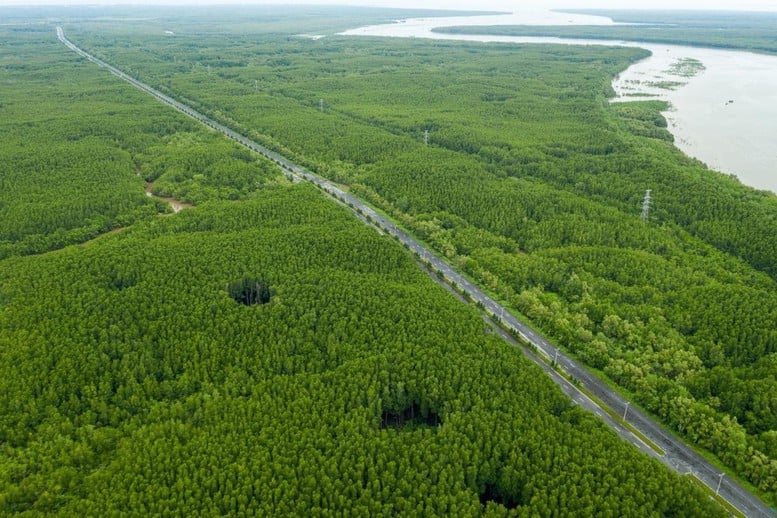
Rung Sac Road (Can Gio) proposes to limit the circulation of vehicles below emission standards
According to Mr. Nguyen Quoc Hiep, Chairman of the Vietnam Association of Construction Contractors, currently green certified projects are given preferential credit. Therefore, the Ministry of Construction should study and propose preferential policies on land prices for green urban areas and green projects. At the same time, issue guidelines and training for contractors to clearly understand what they need to do to build green projects and the cost of building green projects.
Sharing the same view, Mr. Nguyen Hong Hai, Director of the Institute of Construction Science and Technology, said that the major problem is the high initial investment cost. Along with that, the team of experts and consultants for green buildings is still limited, and the policy mechanism when applied in practice still has many problems.
Mr. Luyen Van Phuong, Deputy Director of Hanoi Department of Construction, assessed that the policy for developing green buildings is mainly encouraging, without specific incentives.
For effective implementation, Mr. Phuong recommended that the Ministry of Construction research, develop, promulgate regulations, standards, roadmaps, and specific goals for green building development and "contract" them out to localities.
Mr. Ta Duc Binh, representative of the Institute of Strategy and Policy on Agriculture and Environment (Ministry of Agriculture and Environment) also informed that the World Bank estimates that Vietnam will need about 368 billion USD by 2040 to achieve the goal of reducing net emissions to zero. This huge financial need comes with challenges in capital mobilization and building innovation capacity, production infrastructure and human resource training.
"Vietnam needs to quickly complete a comprehensive green investment ecosystem, including a legal framework, attractive incentive mechanisms and transparent monitoring capacity, laying the foundation for a sustainable and prosperous future," said Mr. Binh.
Listening to the opinions of the delegates, Deputy Minister of Construction Nguyen Van Sinh acknowledged: Developing green buildings and green transport are two important components in the green economic development strategy. These two areas not only contribute to reducing greenhouse gas emissions and saving resources, but also promote technological innovation, improve labor productivity, quality of life and economic competitiveness.
"The goal of the Ministry of Construction is to ensure consistency and unity; remove bottlenecks to accelerate the development of green buildings and green transport. At the same time, gradually perfect the legal framework in a modern direction, approaching international practices, in line with the country's development practices in the new era," Deputy Minister Nguyen Van Sinh emphasized.
The leader of the Ministry of Construction also affirmed that this agency will soon issue a set of criteria for green buildings in the near future.
Phan Trang
Source: https://baochinhphu.vn/them-chinh-sach-de-rong-duong-cho-xanh-hoa-cong-trinh-giao-thong-10225101700561545.htm


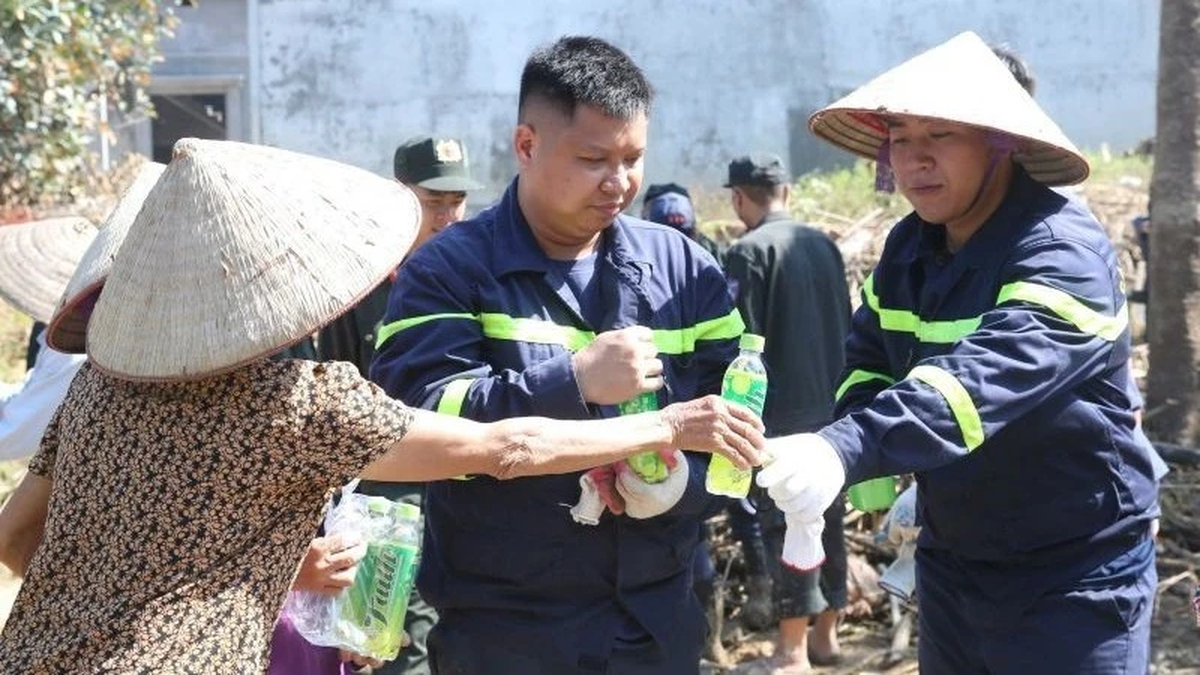

![[Photo] Immerse yourself in the colorful musical world of “Secret Garden Live in Vietnam”](https://vphoto.vietnam.vn/thumb/1200x675/vietnam/resource/IMAGE/2025/10/18/1760805978427_ndo_br_thiet-ke-chua-co-ten-41-png.webp)
![[Photo] Collecting waste, sowing green seeds](https://vphoto.vietnam.vn/thumb/1200x675/vietnam/resource/IMAGE/2025/10/18/1760786475497_ndo_br_1-jpg.webp)
![[Photo] General Secretary To Lam attends the 95th Anniversary of the Party Central Office's Traditional Day](https://vphoto.vietnam.vn/thumb/1200x675/vietnam/resource/IMAGE/2025/10/18/1760784671836_a1-bnd-4476-1940-jpg.webp)
![[Photo] Closing ceremony of the 18th Congress of Hanoi Party Committee](https://vphoto.vietnam.vn/thumb/1200x675/vietnam/resource/IMAGE/2025/10/17/1760704850107_ndo_br_1-jpg.webp)


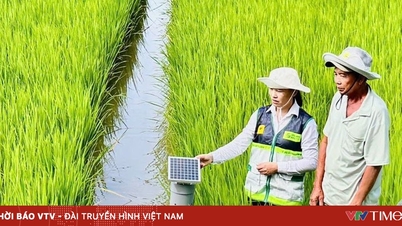



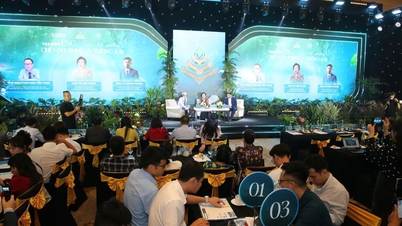

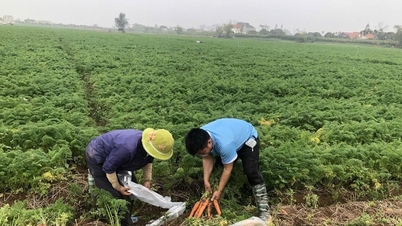







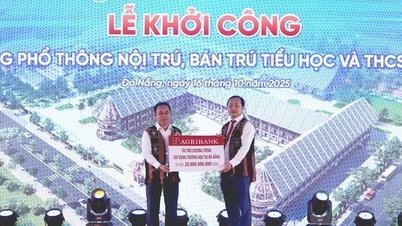
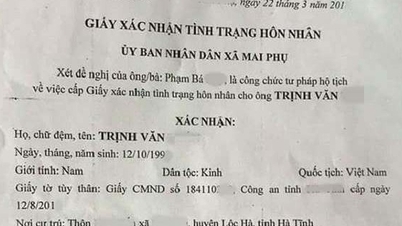


































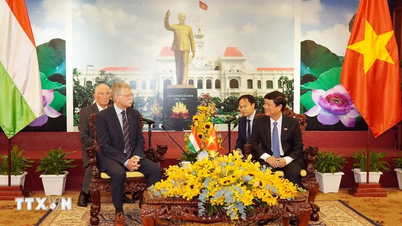


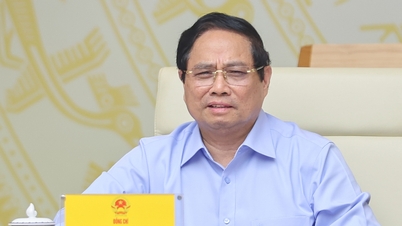
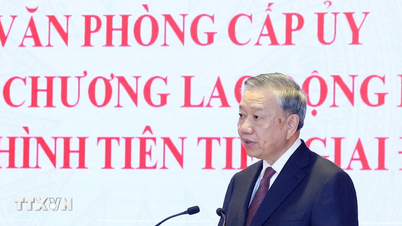









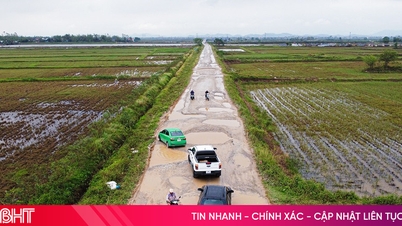


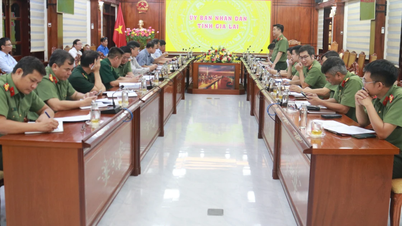















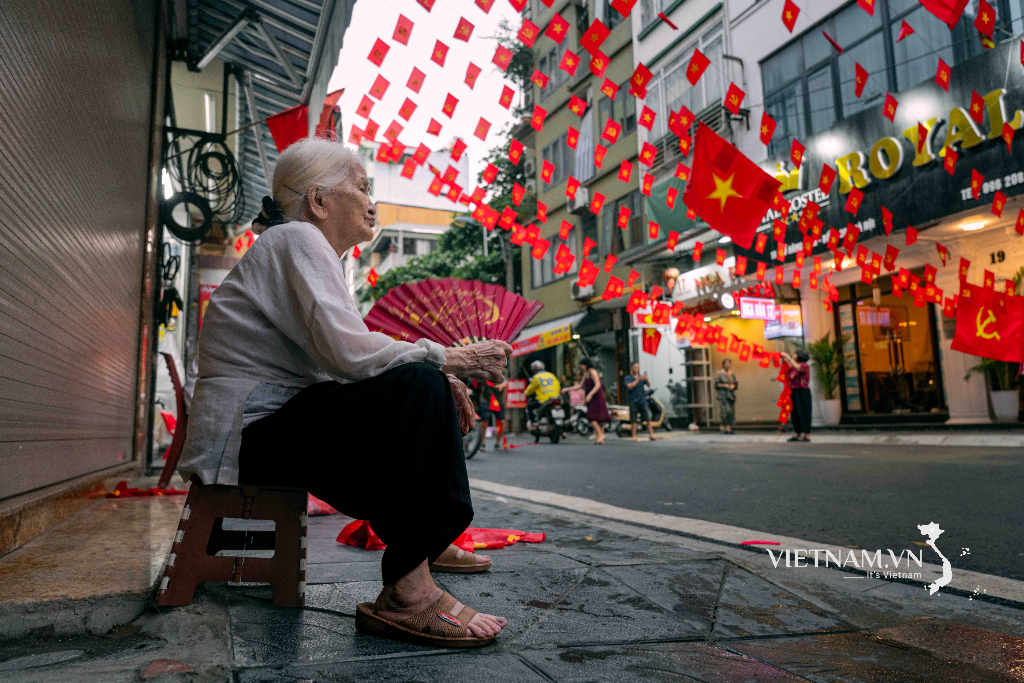



Comment (0)